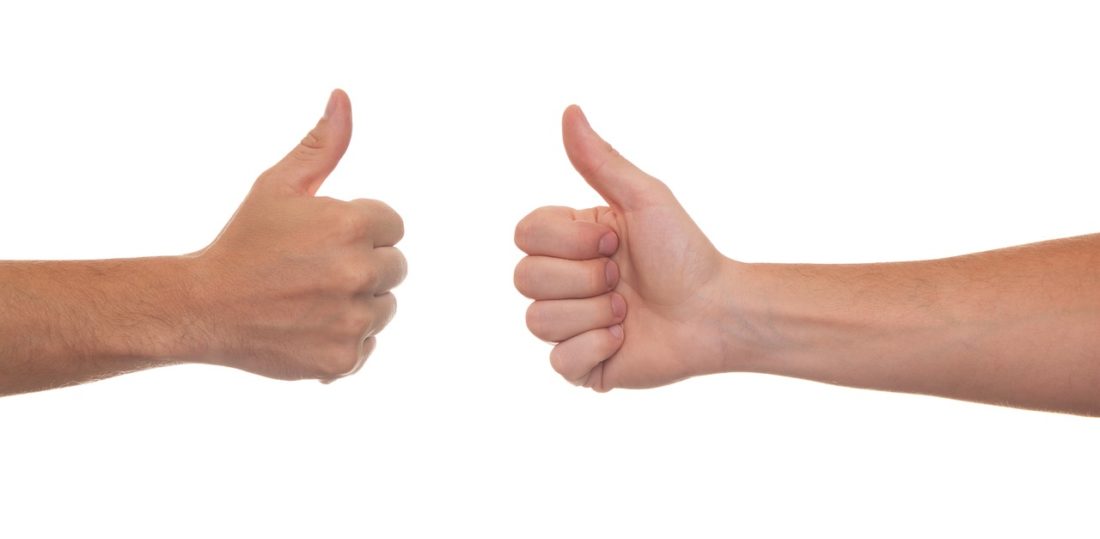April 11, 2020
In
Eleanor Clinic
These are challenging times for all of us.
Let’s take a moment to see how the changes in current clinical practice (away from in person medicine) has affected clinical care at Eleanor Clinic.
We created Eleanor Clinic with one overriding principle in mind: To provide excellent health care within our own community, here in Melbourne’s West. We have been overjoyed and humbled by how much you all appreciated to have back a clinic that truly looks after you. Your clinic.
As you know, Eleanor Clinic has always charged a private fee for consultations. We’ve talked about the reason for this previously: it simply is financially impossible for us to provide appropriate health care solely from Medicare reimbursements. The only way we could do that were if we limited our consultations to 6 minute visits. We don’t want that. This is not what we came here for, and by any likelihood: this is not what you come to Eleanor Clinic for either.
 So if we don’t want consultations that seem to be over before they ever started and leave you feeling like you haven’t been heard or valued at all we need to find a way forward to ensure the clinic does not have to close while being conscious of the fact that these are hard times not only for the clinic, but even more so for all of us.
So if we don’t want consultations that seem to be over before they ever started and leave you feeling like you haven’t been heard or valued at all we need to find a way forward to ensure the clinic does not have to close while being conscious of the fact that these are hard times not only for the clinic, but even more so for all of us.
We have introduced a reduced fee of $35 for Telehealth consults up to 15 minutes duration, and $49 for Telehealth consults up to 30 minutes.
In addition, we will bulk bill Telehealth appointments for patients with a health care or pension card, as well as children under the age of 16 years, in keeping with Medicare stipulations.
If you have recently lost your job and are in financial hardship, please let us know – we would rather like to help you out. Please keep in mind that privately run small clinics like Eleanor Clinic are well and truly struggling to make ends meet. You might have seen the recent article in The Guardian detailing the immense financial pressures small medical centres have come under.
A few large, corporate clinics have been marketing Telehealth very actively to patients. You should weigh up what is important to you in your health care and they way you would like to be looked after. As always in life, if you want your local clinic or store to get through this hard time, then support them! We all are determined to get Eleanor Clinic through the Covid 19 pandemic and to support our local community to get through this difficult time.
We are very much heartened by the support we have received from all our patients.
Eleanor Clinic was created with lots of love and a vision to provide high quality medical care in an area of Melbourne that has traditionally not always received the level of support and appreciation it deserves. Making a financial profit was never what we were after. But we need to be able to pay our front desk staff, pay our nurses and cover the high cost of running a medical centre that values human interaction most highly while never skimping on medical accuracy and safety. Your private fees will help us in keeping Eleanor Clinic open and continue to look after the community that inspired us to make this all happen in the first place. And for this we say thank you!





 Maribyrnong council has set up relief and recovery response teams that are available to support the community during the COVID-19 pandemic. These teams can provide information and advice about services that are available to those affected by COVID-19, including financial resources, food resources, and health resources. They can also coordinate service responses for individuals and families including emergency food hampers, and can assist with general and specialised service referrals. If you, your family or someone you know has been impacted by COVID-19 and is in need of support, please call our dedicated number on
Maribyrnong council has set up relief and recovery response teams that are available to support the community during the COVID-19 pandemic. These teams can provide information and advice about services that are available to those affected by COVID-19, including financial resources, food resources, and health resources. They can also coordinate service responses for individuals and families including emergency food hampers, and can assist with general and specialised service referrals. If you, your family or someone you know has been impacted by COVID-19 and is in need of support, please call our dedicated number on 
 So if we don’t want consultations that seem to be over before they ever started and leave you feeling like you haven’t been heard or valued at all we need to find a way forward to ensure the clinic does not have to close while being conscious of the fact that these are hard times not only for the clinic, but even more so for all of us.
So if we don’t want consultations that seem to be over before they ever started and leave you feeling like you haven’t been heard or valued at all we need to find a way forward to ensure the clinic does not have to close while being conscious of the fact that these are hard times not only for the clinic, but even more so for all of us. If you don’t belong to any of the above groups you should still get vaccinated – but the government unfortunately won’t cover you for the cost. The private flu vaccination is currently on order and we will update you once we receive the delivery. The available stock has been acquired by hospitals and the price has gone up. We will prioritise existing patients with the first batches we receive. We are very sorry for any inconvenience and disappointment.
If you don’t belong to any of the above groups you should still get vaccinated – but the government unfortunately won’t cover you for the cost. The private flu vaccination is currently on order and we will update you once we receive the delivery. The available stock has been acquired by hospitals and the price has gone up. We will prioritise existing patients with the first batches we receive. We are very sorry for any inconvenience and disappointment.